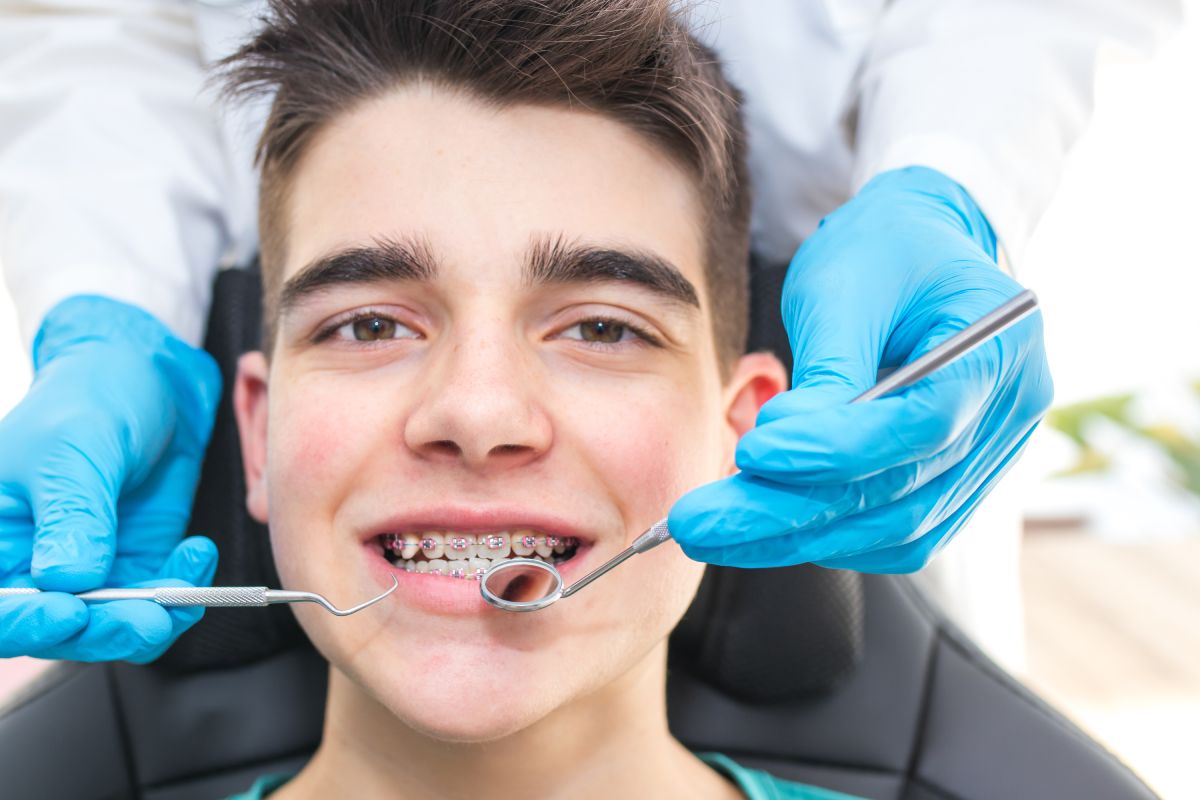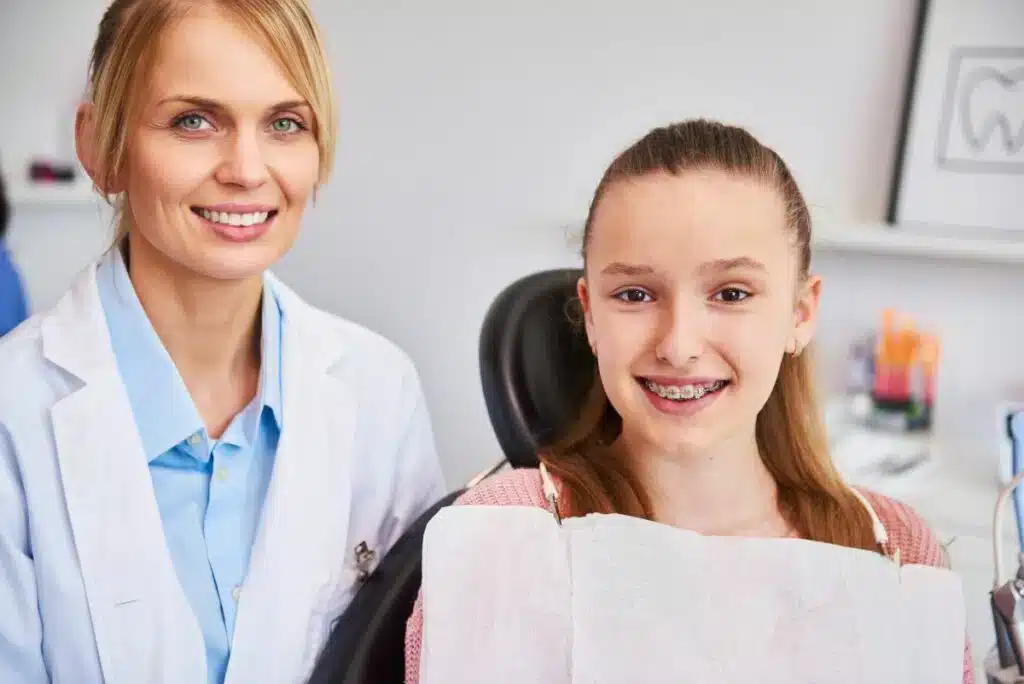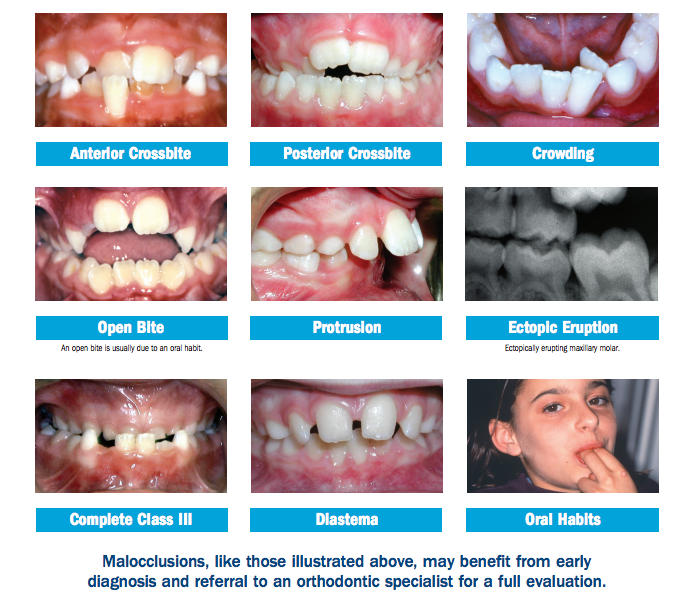Not known Facts About Causey Orthodontics
Not known Facts About Causey Orthodontics
Blog Article
The Ultimate Guide To Causey Orthodontics
Table of ContentsAn Unbiased View of Causey OrthodonticsCausey Orthodontics - TruthsGetting The Causey Orthodontics To WorkThe Ultimate Guide To Causey OrthodonticsCausey Orthodontics Things To Know Before You Buy
Neglecting occlusal relationships, it was regular to get rid of teeth for a range of oral issues, such as malalignment or overcrowding. The principle of an intact teeth was not commonly valued in those days, making bite correlations appear unimportant. In the late 1800s, the idea of occlusion was vital for developing dependable prosthetic substitute teeth.As these principles of prosthetic occlusion proceeded, it ended up being an invaluable tool for dental care. It remained in 1890 that the work and effect of Dr. Edwards H. Angle began to be felt, with his payment to modern orthodontics particularly notable. Concentrated on prosthodontics, he educated in Pennsylvania and Minnesota before routing his interest in the direction of dental occlusion and the treatments needed to keep it as a regular problem, hence becoming recognized as the "papa of modern-day orthodontics".

The principle of perfect occlusion, as proposed by Angle and integrated into a classification system, enabled a shift towards dealing with malocclusion, which is any kind of variance from regular occlusion. Having a complete set of teeth on both arcs was extremely demanded in orthodontic treatment as a result of the need for exact relationships between them.
The Ultimate Guide To Causey Orthodontics
As occlusion ended up being the key top priority, face percentages and visual appeals were ignored - emergency orthodontist near me. To attain perfect occlusals without utilizing outside forces, Angle postulated that having ideal occlusion was the very best means to obtain optimum face aesthetic appeals. With the death of time, it came to be quite obvious that also a phenomenal occlusion was not ideal when thought about from an aesthetic perspective
Charles Tweed in America and Raymond Begg in Australia (that both studied under Angle) re-introduced dental care extraction into orthodontics throughout the 1940s and 1950s so they might boost facial esthetics while also guaranteeing better stability worrying occlusal connections. In the postwar duration, cephalometric radiography started to be made use of by orthodontists for measuring changes in tooth and jaw placement triggered by growth and treatment. It became obvious that orthodontic therapy can readjust mandibular growth, bring about the formation of functional jaw orthopedics in Europe and extraoral force measures in the US. Nowadays, both functional home appliances and extraoral devices are applied around the globe with the purpose of amending growth patterns and forms. Subsequently, going after true, or a minimum of boosted, jaw connections had actually ended up being the major purpose of treatment by the mid-20th century.
Causey Orthodontics - An Overview
 Until the mid-1970s, dental braces were made by covering metal around each tooth. https://www.bizthistown.com/united-states/gainesville/health-medicine/jerry-stafford., it ended up being feasible to instead bond steel brackets to the teeth.
Until the mid-1970s, dental braces were made by covering metal around each tooth. https://www.bizthistown.com/united-states/gainesville/health-medicine/jerry-stafford., it ended up being feasible to instead bond steel brackets to the teeth.This has actually had purposeful results on orthodontic treatments that are provided regularly, and these are: 1. Correct interarchal connections 2. Correct crown angulation (tip) 3.
The advantage of the layout hinges on its bracket and archwire mix, which calls for just very little wire flexing from the orthodontist or medical professional (best orthodontist). It's aptly named after this function: the angle of the port and thickness of the bracket base inevitably identify where each tooth is located with little need for added control
Causey Orthodontics - Truths
Both of these systems used identical brackets for each tooth and demanded the flexing of an archwire in three aircrafts for locating teeth in their wanted settings, with these bends determining supreme positionings. When it involves orthodontic appliances, they are separated into 2 types: removable and dealt with. Detachable home appliances can be taken on and off by the individual as needed.

Hence, nearly all contemporary fixed devices can be considered variants on this edgewise device system. Early 20th-century orthodontist Edward Angle made a major contribution to the globe of dental care. He produced 4 unique device systems that have been made use of as the basis for several orthodontic treatments today, preventing a few exceptions.
Unknown Facts About Causey Orthodontics

The cable finished in a thread, and to relocate forward, an adjustable nut was utilized, which enabled a boost in circumference. By ligation, each specific tooth was affixed to this extensive archwire (affordable orthodontist near me). Because of its minimal series of activity, Angle was incapable to attain exact tooth placing with an E-arch
These tubes held a firm pin, which could be rearranged at each consultation in order to relocate them in location. Referred to as the "bone-growing home appliance", this gizmo was supposed to motivate much healthier bone development as a result of its capacity for moving force directly to the roots. Executing it proved troublesome in reality.
Report this page